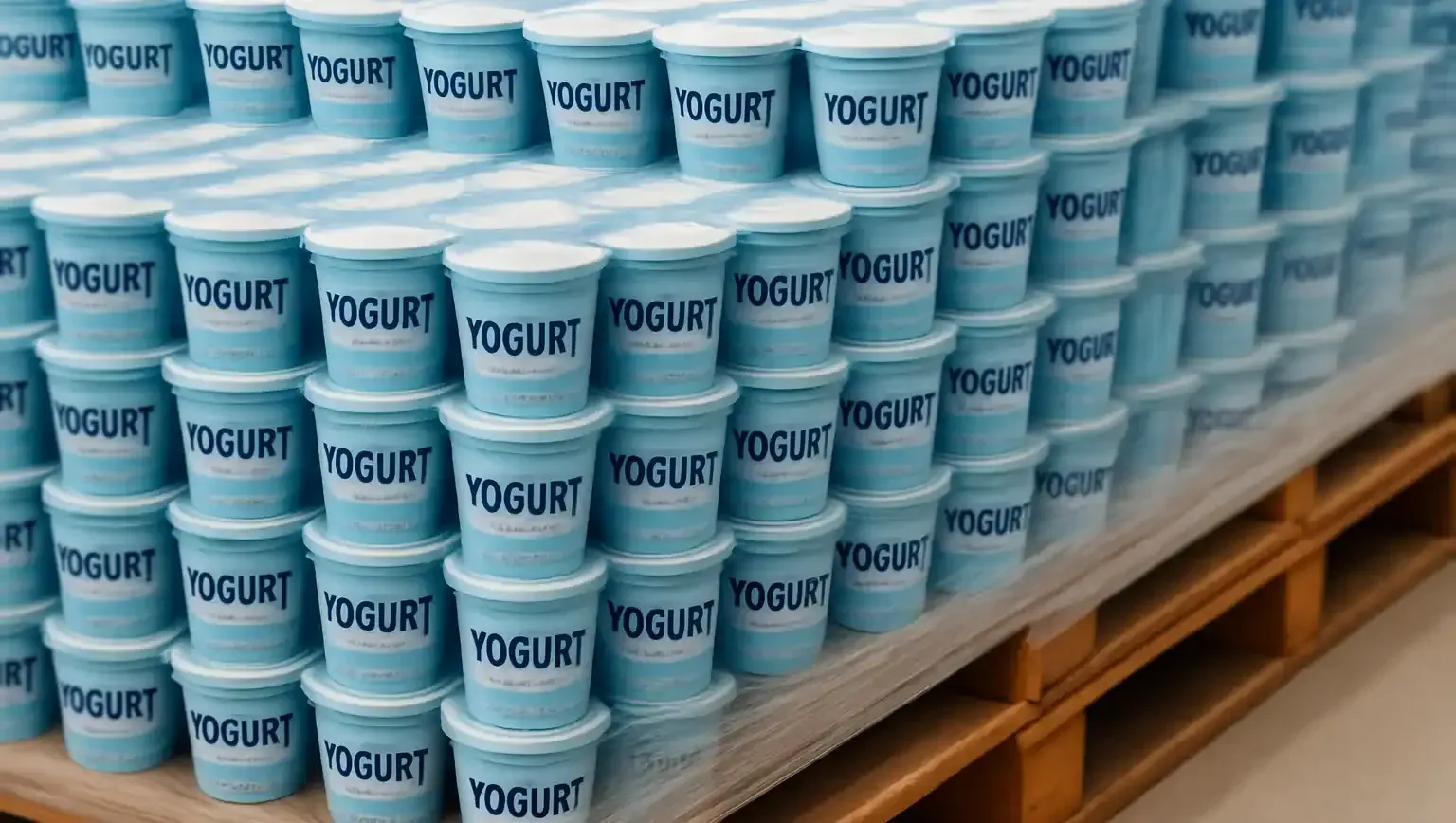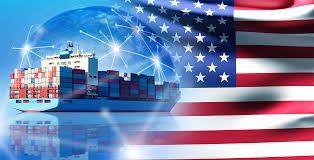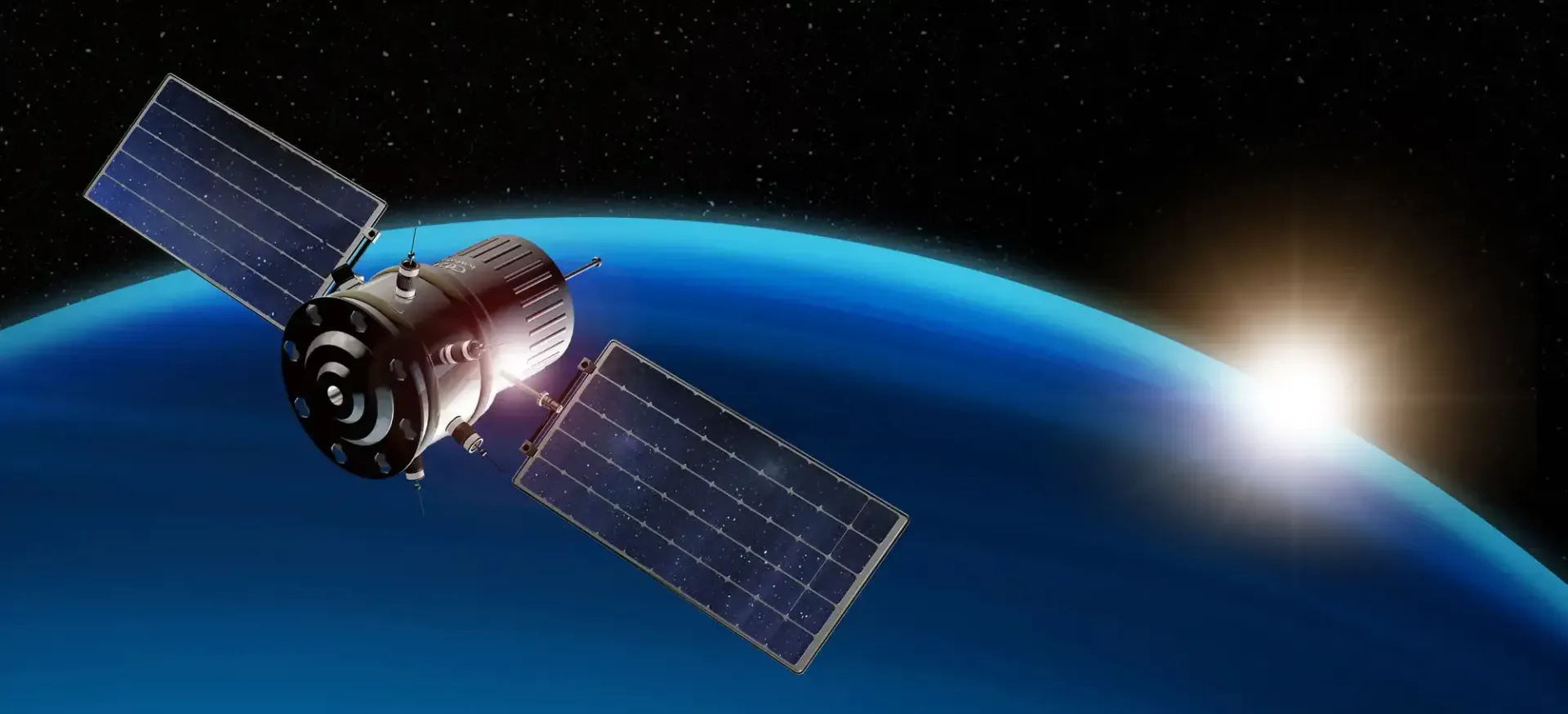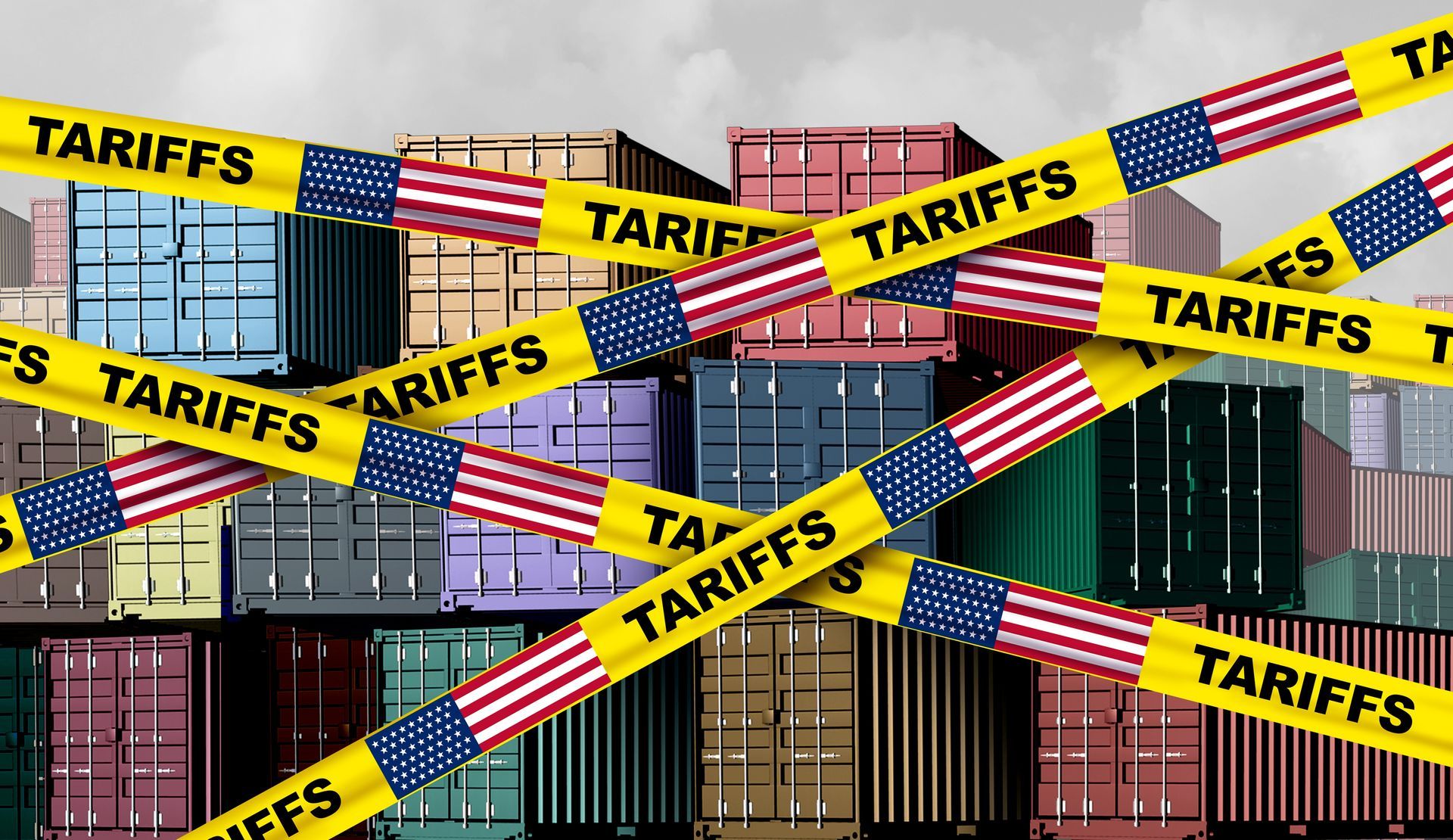Understanding the Recent Section 301 Tariff Updates: Key Changes and Filing Instructions
As of January 1, 2025, new tariff rates on certain Chinese imports will go into effect, as part of the ongoing Section 301 investigation into China's trade practices, particularly regarding technology transfer, intellectual property, and innovation. The United States Trade Representative (USTR) has announced additional tariff increases under the Section 301 Four Year Review, which impacts a range of products, including certain tungsten products, solar wafers, and polysilicon. If you're involved in importing these products or handling customs filings, it’s crucial to understand the latest developments and the steps required to comply with the updated regulations.
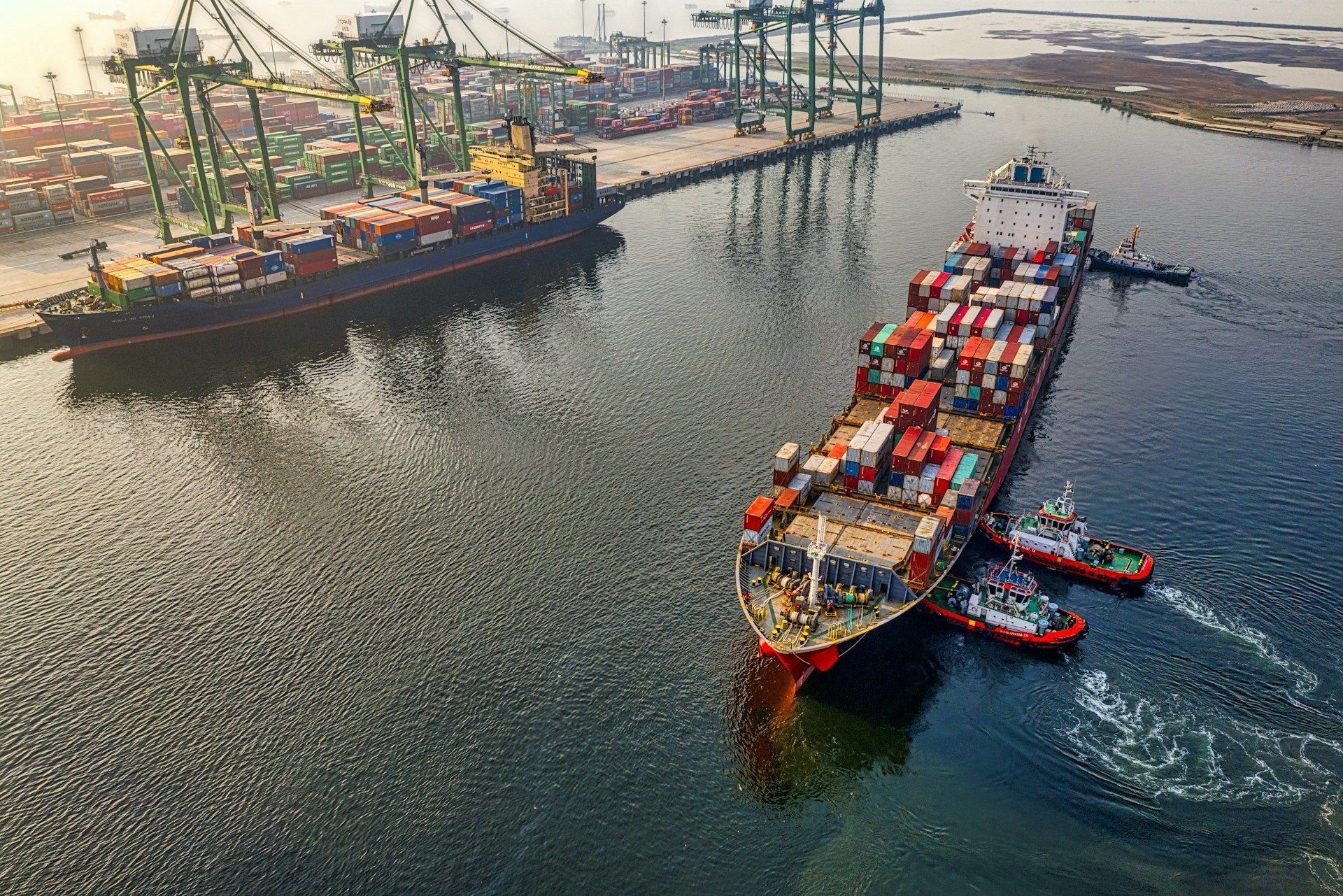
What’s New?
On December 16, 2024, the USTR issued a Federal Register Notice (FRN 89 FR 101682) that finalized an increase in tariff rates for five subheadings of the Harmonized Tariff Schedule of the United States (HTSUS). These tariff increases target specific products imported from China, including tungsten materials and polysilicon products. Here's a breakdown of the changes:
- Tungsten Products:
- The tariff rate on certain tungsten products will rise to 25%. This applies to a variety of tungsten goods, including unwrought tungsten and tungsten rods/bars, as well as other tungsten articles not elsewhere specified.
- Solar Wafers and Polysilicon:
- The tariff rate on certain solar wafers and polysilicon products will increase to 50%. These materials are essential for solar energy technologies, and the increased tariffs will directly impact manufacturers and businesses in the renewable energy sector.
These tariff rate increases are part of a broader set of tariff actions that have been progressively implemented in response to China's policies related to intellectual property and innovation.
Effective Date and Filing Deadlines
The increased tariffs will take effect January 1, 2025, for goods entered for consumption or withdrawn from a warehouse for consumption after 12:01 a.m. Eastern Standard Time. The U.S. Customs and Border Protection (CBP) has set up specific filing requirements for importers and customs brokers to ensure compliance.
For products affected by the new tariff increases, Automated Commercial Environment (ACE) functionality for filing entries will be available starting December 28, 2024. This means businesses have a small window to adjust their filings before the tariffs officially kick in.
Entry Filing Instructions
Importers and customs brokers need to be aware of the precise classifications and filing requirements for products impacted by these increased tariffs. These changes will affect imports classified under the following HTSUS subheadings:
Polysilicon and Solar Wafers (50% Tariff Rate)
For Chinese polysilicon and wafer products, the additional 50% duty will apply to imports classified in these specific HTSUS subheadings:
- 2804.61.00 – Silicon containing by weight not less than 99.99% of silicon.
- 3818.00.00 – Chemical elements doped for use in electronics, including discs, wafers, etc.
These products must be reported under heading 9903.91.05 to reflect the additional 50% tariff.
Tungsten Products (25% Tariff Rate)
For Chinese tungsten products, the following subheadings are affected, and the additional 25% duty should be applied under heading 9903.91.11:
- 8101.94.00 – Tungsten, unwrought (including bars and rods obtained by sintering).
- 8101.99.10 – Tungsten bars and rods (excluding sintered forms), profiles, plates, sheets, strips, and foil.
- 8101.99.80 – Tungsten, articles not elsewhere specified or included (nesoi).
Foreign Trade Zones (FTZ) Considerations
Products of China subject to the increased duties and admitted into a U.S. Foreign Trade Zone (FTZ) after 12:01 a.m. Eastern Standard Time on January 1, 2025, will need to be admitted under “privileged foreign status.” This status is essential for compliance with the updated tariff rates, as any goods entering an FTZ will now be subject to the newly imposed additional tariffs when they are eventually moved into U.S. commerce.
It’s important to note that any product eligible for “domestic status” (as defined in 19 CFR 146.43) is exempt from this requirement.
What Should You Do Now?
For businesses involved in the importation of products covered by these updates, here’s a checklist to ensure you’re prepared:
- Review your inventory: Check whether any of the products you import fall under the affected HTS subheadings.
- Update filing systems: Make sure your filing system is updated to reflect the new tariff rates for January 1, 2025. Utilize the ACE system for submitting entries accurately.
- Coordinate with customs brokers: Ensure your customs brokers are informed of the new tariff increases and have the correct HTSUS codes to facilitate proper filing.
- Monitor any changes to foreign trade zones: If you're using FTZs, ensure that you are aware of the requirements for admitting Chinese products under the new privileged foreign status.
- Stay informed about further announcements: Keep an eye on further updates from the USTR, particularly regarding the potential additional duties slated for 2026.
As the U.S. continues to adjust its trade policies with China, these increased tariff rates represent a significant shift for importers of specific goods like tungsten, polysilicon, and solar wafers. Understanding the changes and acting quickly to adjust your filing procedures is essential to remain compliant with the new regulations.
For more detailed instructions on filing entry summaries and other compliance issues, importers should refer to CSMS # 39587858 and stay updated on any future changes from the USTR or CBP.
Get actionable advice on cost-saving strategies that boost your bottom line.
Subscribe here:


